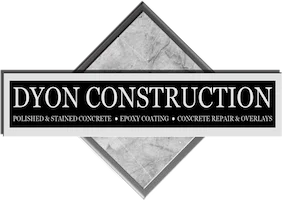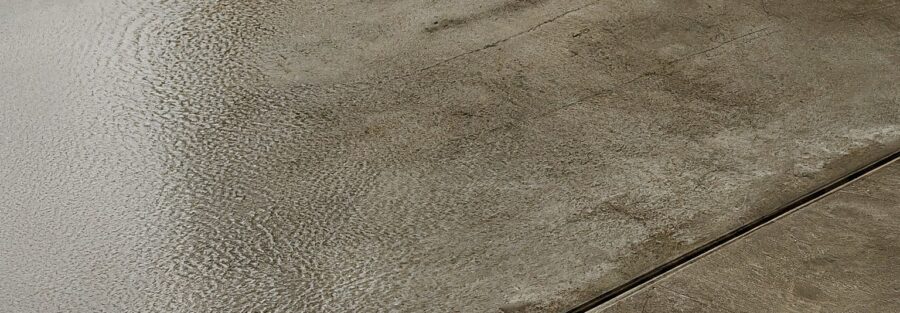In the world of flooring, durability is a critical factor, especially for spaces subjected to heavy foot traffic, industrial machinery, or extreme environmental conditions. Among the most popular high-performance flooring options are epoxy and polyurethane. Both offer impressive benefits, yet they possess unique properties that make them suitable for different applications. Understanding the distinctions between these two coatings is vital for selecting the right material to ensure longevity and resilience.
Overview of Epoxy Flooring
Epoxy flooring is a type of synthetic resin floor system applied in multiple layers to create a strong, cohesive surface. The primary ingredient, epoxy resin, is mixed with a hardener to create a chemical reaction that results in a rigid plastic material. This seamless surface is highly resistant to wear, chemicals, and abrasions, making it a popular choice in both residential garages and industrial spaces.
Typically, epoxy is applied as a liquid that adheres tightly to the concrete or substrate beneath it. Once cured, it forms a hard, durable coating that withstands heavy loads and high foot traffic. In residential settings, epoxy is commonly used for garages, basements, and outdoor patios. In industrial environments, it’s found in warehouses, factories, and even laboratories, where chemical resistance is paramount.
Overview of Polyurethane Flooring
Polyurethane flooring, on the other hand, is known for its flexibility and elasticity, which sets it apart from the more rigid epoxy floors. This characteristic allows polyurethane to better withstand impact and slight substrate movements without cracking, making it ideal for areas subject to vibrations or temperature fluctuations. Polyurethane coatings also offer superior resistance to UV rays, ensuring they don’t yellow or degrade when exposed to sunlight—a common concern in outdoor or heavily sunlit areas.
Frequently used in spaces like hospitals, parking decks, and sports facilities, polyurethane provides a resilient yet slightly softer surface compared to epoxy. Its smooth, glossy finish also makes it an excellent option for aesthetic spaces where appearance and ease of cleaning are crucial.
Durability Comparison
When comparing durability, it’s essential to consider the environment in which the flooring will be used. In industrial settings, epoxy flooring often reigns supreme due to its exceptional hardness and resistance to heavy impacts. It can withstand the weight of forklifts, heavy machinery, and even chemical spills, making it a go-to choice for factories and warehouses. However, epoxy is more prone to cracking when the substrate beneath it shifts or expands.
Polyurethane, though slightly softer, excels in environments where flexibility and UV stability are needed. Its elastic properties allow it to absorb impacts better than epoxy, making it a more durable choice in commercial spaces where minor shifts in the floor or frequent impacts occur. Additionally, polyurethane is more resistant to UV radiation, meaning it won’t discolor or break down when used outdoors or in spaces with direct sunlight.
Chemical resistance is another critical factor in durability. Epoxy generally performs better against harsh chemicals, making it suitable for environments like laboratories or food processing plants where spills are a common occurrence. Polyurethane, while still chemically resistant, excels in areas where a balance between flexibility and resilience is required, such as parking garages or sports facilities.
Maintenance and Lifespan
Both epoxy and polyurethane flooring have relatively low maintenance requirements, though their upkeep differs slightly. Epoxy floors are easier to clean due to their smooth, impermeable surface, which resists staining and is easy to wipe down. However, once damaged, epoxy can be challenging to repair, as cracks or chips often require extensive refinishing.
Polyurethane, with its more flexible surface, is less likely to chip or crack, and any minor damage is typically less noticeable. While it may require more frequent cleaning in high-traffic areas due to its slightly softer texture, polyurethane is more forgiving over time, as it’s less prone to the brittleness that can affect epoxy in cold or fluctuating temperatures.
In terms of lifespan, epoxy floors can last anywhere from 10 to 20 years, depending on the environment and level of wear. Industrial epoxy installations tend to last longer due to their thicker application. Polyurethane, while not quite as long-lasting as epoxy in extremely high-impact settings, can still offer a robust lifespan of 10 to 15 years, especially in commercial or outdoor environments where its flexibility and UV resistance provide long-term benefits.
Both epoxy and polyurethane offer remarkable durability, but their distinct properties make them more suitable for specific applications. For spaces that demand chemical resistance, hardness, and wear protection, epoxy remains the superior choice. In contrast, for environments requiring flexibility, UV stability, and impact resistance, polyurethane shines as a more adaptable option.
Ultimately, the choice between epoxy and polyurethane flooring depends on the specific needs of the space, the environmental conditions, and the desired aesthetic. Whether you’re installing floors in an industrial facility, a commercial garage, or a residential outdoor area, understanding these differences will guide you toward the best solution for enduring performance.

